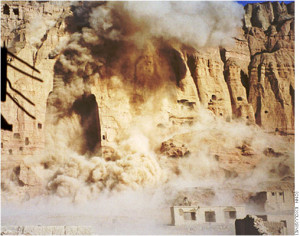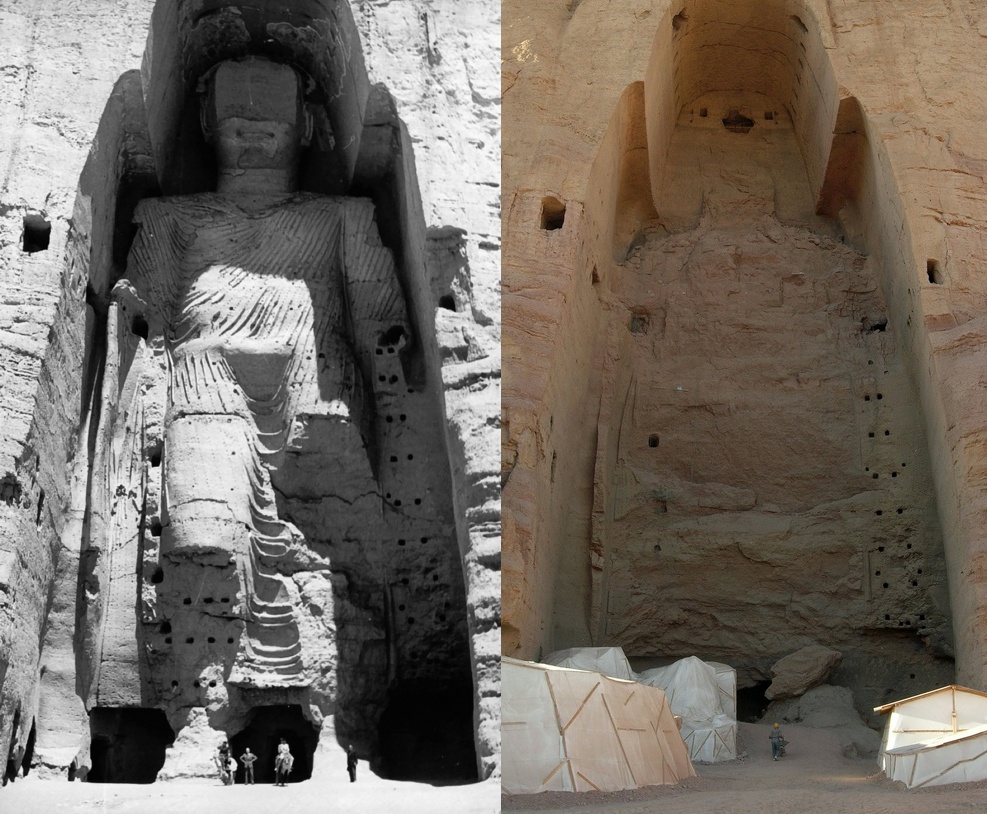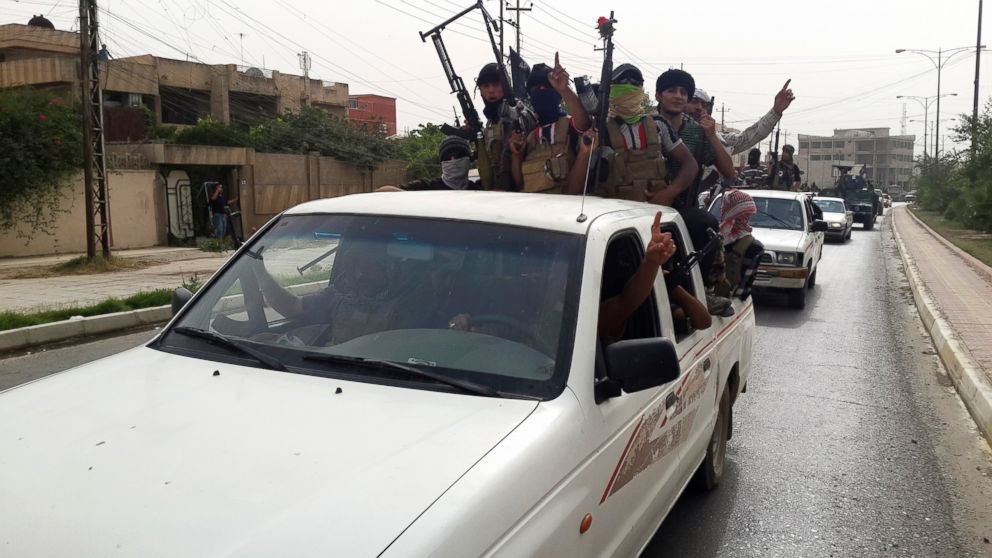
In June 2014, militants from the Islamic State terror front ransacked the University of Mosul libraries, destroying the supposed tomb of the prophet Jonah, who is equally recognized by Biblical, Judaic, and Islamic traditions. This was followed by accounts coming out of Iraq in late February of this year that ISIS militants had raided the central library in Mosul, burning approximately 100,000 books, maps, and collections from the Ottoman Period, in an attack that the Director-General of UNESCO, Irina Bokova, labelled “one of the most devastating acts of destruction of library collections in human history”. IS militants used sledgehammers to destroy ancient artefacts, which included rare deific idols from the not yet fully-understood Assyrian civilization, dating back approximately 2,700 years.
Most recently, local Iraqi officials and UNESCO representatives claimed that Islamic State militants destroyed the ancient Parthian city of Hatra, a fortified city that withstood attacks from the Romans between the first Century BCE and the 2nd Century AD, during what may have been the reign of Caesar Augustus. It has also been reported that IS militants may have “bulldozed” the site of the 3,000 year old ancient Assyrian city of Nimrud built c. 1250 BCE, once again destroying what they condemned as “false idols”, following the tradition of Muhammad’s destruction of the 360 pagan idols at the Kabbah c. 630 AD.
In the most recent video put out by the Islamic State’s representative in Nineveh province, a man explains “the monuments that you can see behind me are but statues and idols of people from previous centuries, which they used to worship instead of God”. While the logic of the Islamic State’s rejection of Antiquity can be traced to the teachings of the Prophet Muhammad, the violent destruction of Iraq’s cultural properties remains distressing. IS militants have attempted to annihilate the rich history of the Levant, including cultural properties that can be traced to the Bronze and Iron ages; the Greek, Roman, and Byzantine civilizations; and Sufi and Shi’ite traditions. Along with the revenues obtained through ransoms, an Ottoman-inspired jizya, and oil piracy, the Islamic State is selling many of these looted properties to rich Westerners in order to self-finance.

“Almost like archaeologists, ISIS is ‘deploying militants to ensure their control sites and supervise digging; and licensing looting with a formal tithe of around 20%.’” So far, almost 100 Syrian artefacts have been smuggled into Britain, with others destroyed. These items have fetched hundreds of thousands of dollars. Other hot spots for smuggled goods from the region include Switzerland, Germany, Dubai, Qatar, and the US, with a 134% increase in illegally imported Syrian antiquities in the latter in 2013 to USD 11 million, signalling that the illicit trade of historic artefacts extends beyond the Levant. According to Iraqi intelligence, the Islamic State has accrued up to a net total of USD 36 million through the illicit trade of cultural properties in the over USD 2.2 billion black market for ancient artefacts. It is also estimated that in Iraq alone, nearly 4,500 archaeological sites are under the control of the Islamic State.
While the Islamic State is largely to blame for cultural destruction in Iraq, the problem transcends their group and objectives. A prime example is the March 2001 destruction of the Buddhas of Bamiyan by the Afghani Taliban, which have yet to be re-built.
According to high-resolution Quickbird imagery posted on Google Earth, over 4,000 illegal excavation holes have been found in the former Roman city of Apamea alone, looted while under the control of the Free Syrian Army. On February 12, the UNSC adopted Resolution 2199 (2015), a Russian-drafted resolution intended to curb the trade of looted antiquities from Iraq and Syria by Islamist groups, following accounts that 5 of the 6 UNESCO World Heritage sites located in Syria had been seriously damaged. However, it remains unlikely that the UN’s warnings will be heeded.

In the meantime, in a real-life version of the Hollywood movie, a group of Syrian Monuments Men, led by Rene Teijgeler, a Dutch archaeologist and former lieutenant colonel in the Dutch army, who ran heritage preservation operations in Iraq and Afghanistan, and his partner, Isber Sabrine, a Syrian-born archaeologist based in Barcelona, have taken the lead in cataloguing and preserving sites of historic importance. Unfortunately, the group, which is composed of academics, archaeologists, and volunteers, has no military or foreign backing, making it difficult to complete their task. So far, “less than 1% of the pieces stolen by the militants from churches and ancient towns across Iraq and Syria have been recovered”. On Sunday March 8, 2015, Iraqi Tourism and Antiquities Minister Adel Shirshab called for a US-led coalition to conduct airstrikes on the militants, in order to help put an end to the pillaging.




